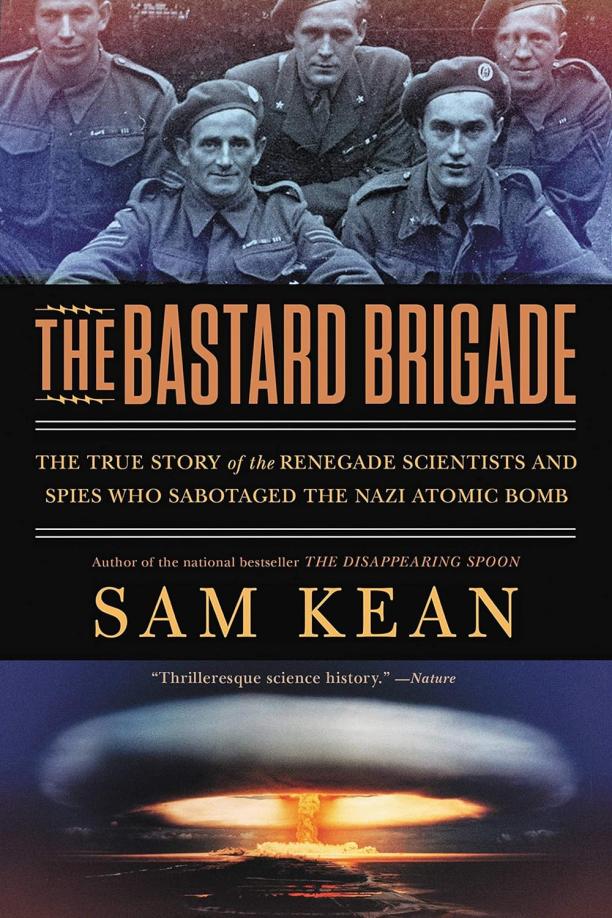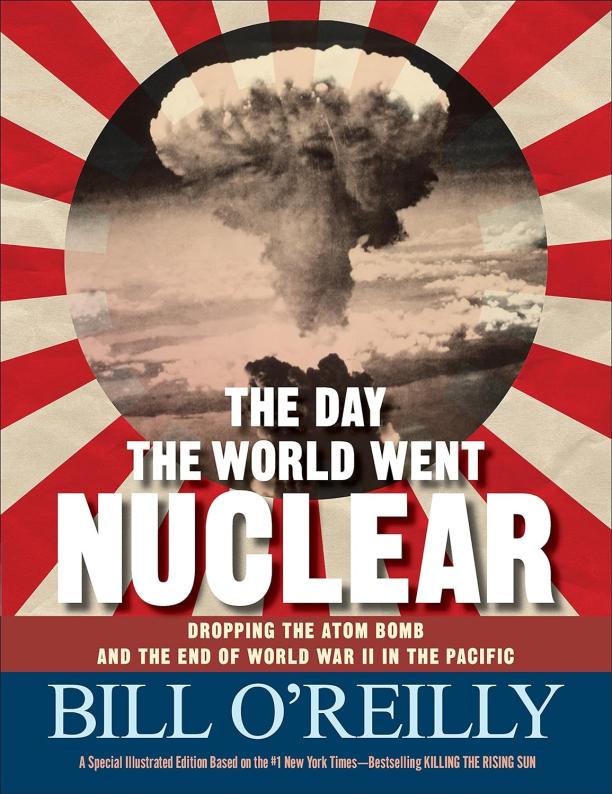The Day the World Went Nuclear
Dropping the Atom Bomb and the End of World War II in the Pacific
by:
Bill O'Reilly
in:
Military History
Summary:
The book provides a historical account of the events leading up to and following the United States' decision to drop atomic bombs on Hiroshima and Nagasaki, effectively ending World War II in the Pacific. It explores the political, military, and scientific considerations of the time, as well as the profound consequences of nuclear warfare on global politics and human life.
Key points:
1. Atomic Bomb Development: The book covers the Manhattan Project's creation of the atomic bomb in response to Nazi Germany's similar efforts.
Books similar to "The Day the World Went Nuclear":

Countdown 1945
Chris Wallace

The Making of the Atomic Bomb
Richard Rhodes

Killing the Rising Sun
Bill O'Reilly|Martin Dugard

The Fall of Japan
William J. Craig

Dark Sun
Richard Rhodes

The Bastard Brigade
Sam Kean

109 East Palace
Jennet Conant

American Heritage History of World War II
Stephen E. Ambrose|C. L. Sulzberger

The Twilight Warriors
Robert Gandt

Twilight of the Gods
Ian W. Toll
